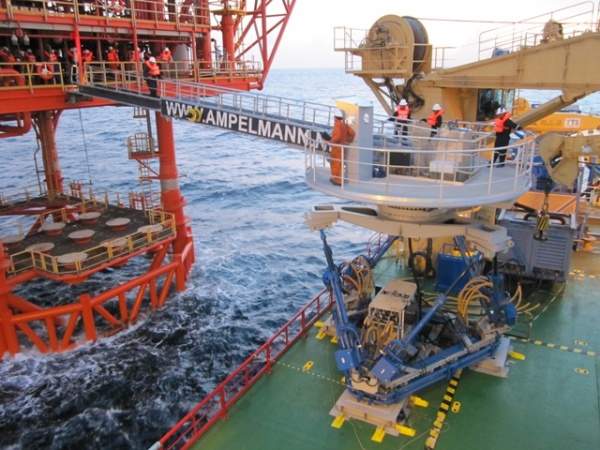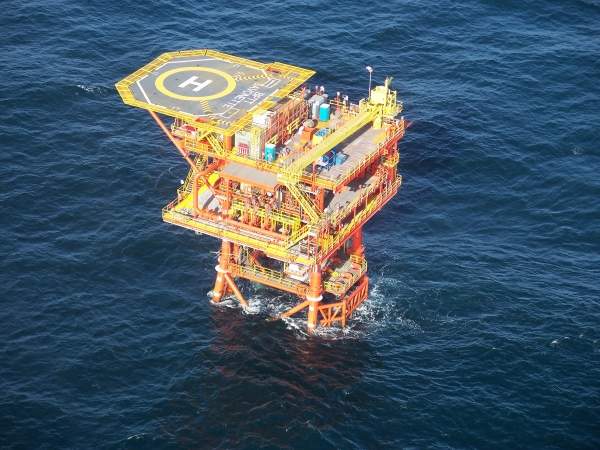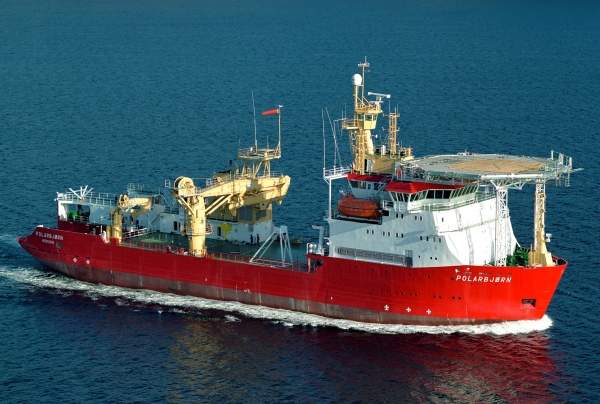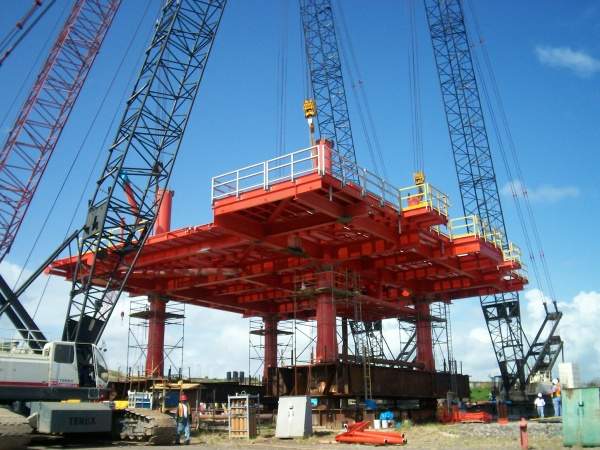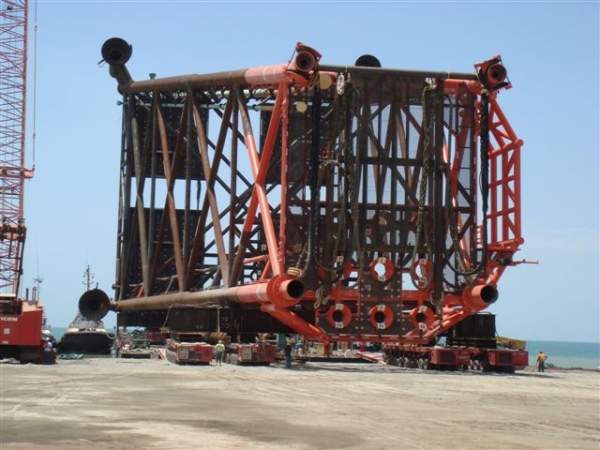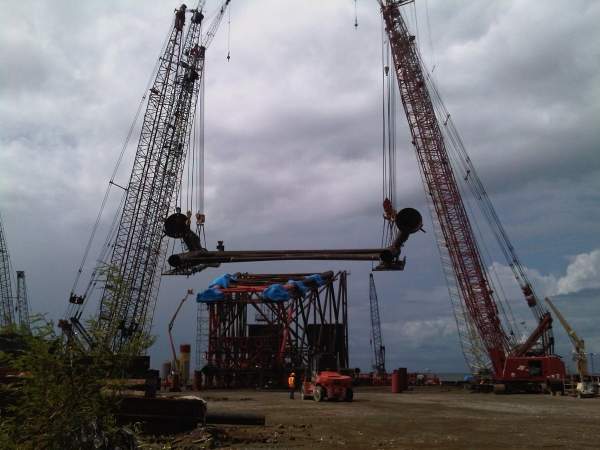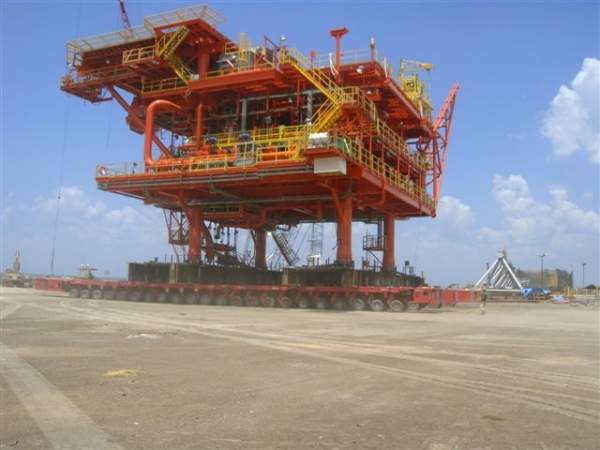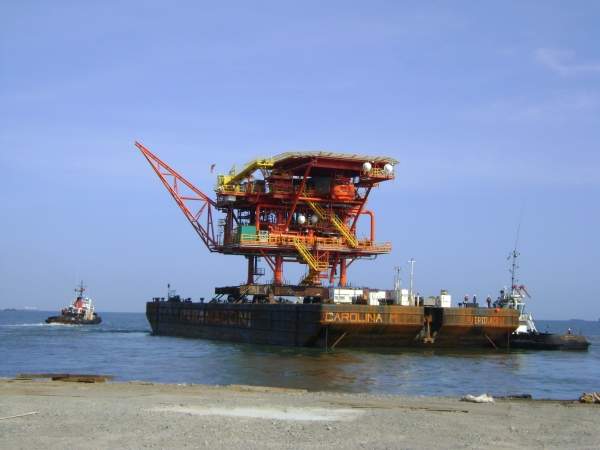The Serrette natural gas field is the first offshore development in the northern area of the Columbus Basin. BP Trinidad and Tobago (bpTT) owns the field 100% and operates it.
The gas field is located 32mi (51km) north of the Mango gas field, offshore of the southeastern coast of Trinidad, in the Galeota Block. The water depth at the field is approximately 280ft (90m).
The first phase of field development was completed in 2011. The estimated investment on the project was $558m. Production of gas commenced in August 2011.
Field development
The Serrette development project was sanctioned in May 2009. The development is phased out. The first phase of the project includes five production wells that will extract 700 million cubic feet of gas and condensate. The current development includes four large bore open-hole gravel pack wells.
The gas field consists of a normally unmanned installation (NUI). BP has developed four similar installations in the past at the Cannonball, Mango, Cashima and Savonette fields located offshore of Trinidad. Serrette is the fifth bpTT field to have such an installation and the 13th offshore platform built offshore of Trinidad by bpTT.
Serrette production platform
The Serrette well protector platform is designed to include nine well slots and a four-leg skirt pile jacket. A riser and j-tube have been provided to enable future subsea tie-ins to the platform.
The design capacity of the platform is one billion cubic feet a day of natural gas. The platform was designed as well as built using local resources. A clone of the Cannonball platform was adopted in the design and construction of the Serrette platform in order to save cost and time as well as improve efficiency.
The construction was carried out at the Trinidad Offshore Fabricators (Tofco) yard in the Labidco Industrial Estate of La Brea. Tofco is a joint venture between Chet Morrison Contractors and Weldfab.
The platform and jacket were in place by 2010. The jacket and topsides were installed by Balder, a deepwater construction vessel owned by Heerema Marine Contractors. FoundOcean grouted the jacket skirt piles under a subcontract from Heerema. The platform installation was complete by April 2010.
Pipeline specifications and dynamics
A multiphase subsea flow pipeline of 26in diameter and 32mi (51km) length was commissioned to tie-in the field to an existing similar export pipeline connecting the Mango field to the Cassia B gas processing hub.
Arctic survey vessel Polarbjørn (now called HMS Protector) provided accommodation for the personnel working on the commissioning of the pipeline. Ampelmann provided its offshore access system A-02 to enable transfer of personnel between the platform and the accommodation vessel.
The subsea pipeline installation was completed by January 2010.
Production of gas and condensate
The field currently produces through five wells. The peak production will be 600 million cubic feet (mcf) per day of gas and associated condensate. The minimum average production at peak is expected to be 400mcf/d.
Processing and exportation
The gas produced by the Serrette field is exported by the subsea pipeline to the Cassia B hub for processing. The Cassia B processing hub has a capacity of two billion cubic feet of gas a day.
Part of the gas will be sold in the domestic market while the remaining amount will be supplied to a liquefaction plant of Atlantic LNG. The gas reaching the Atlantic’s plant will be liquefied and exported as LNG to international markets including the US and Europe. BP holds 39% average working interest in Atlantic LNG.
Contracts awarded to international companies
Fluor Summit Engineering, a joint venture of US-based Fluor Corporation and Trinidad-based Summit Engineering, was contracted to design the production platform.
Fugro-Rovtech was contracted by bpTT in October 2009 to provide offshore services in Trinidad. The scope of contract includes supply of the vessel, remotely operated vessel (ROV), inspection and subsea engineering services. Fugro-Rovtech installed the pipeline crossing at the Serrette Field with the help of the ROV-support vessel Skandi Carla.

